January 20, 2025 - Ross Video Team, Insights & Resources
The Importance of Reliability in Critical Broadcast Operations
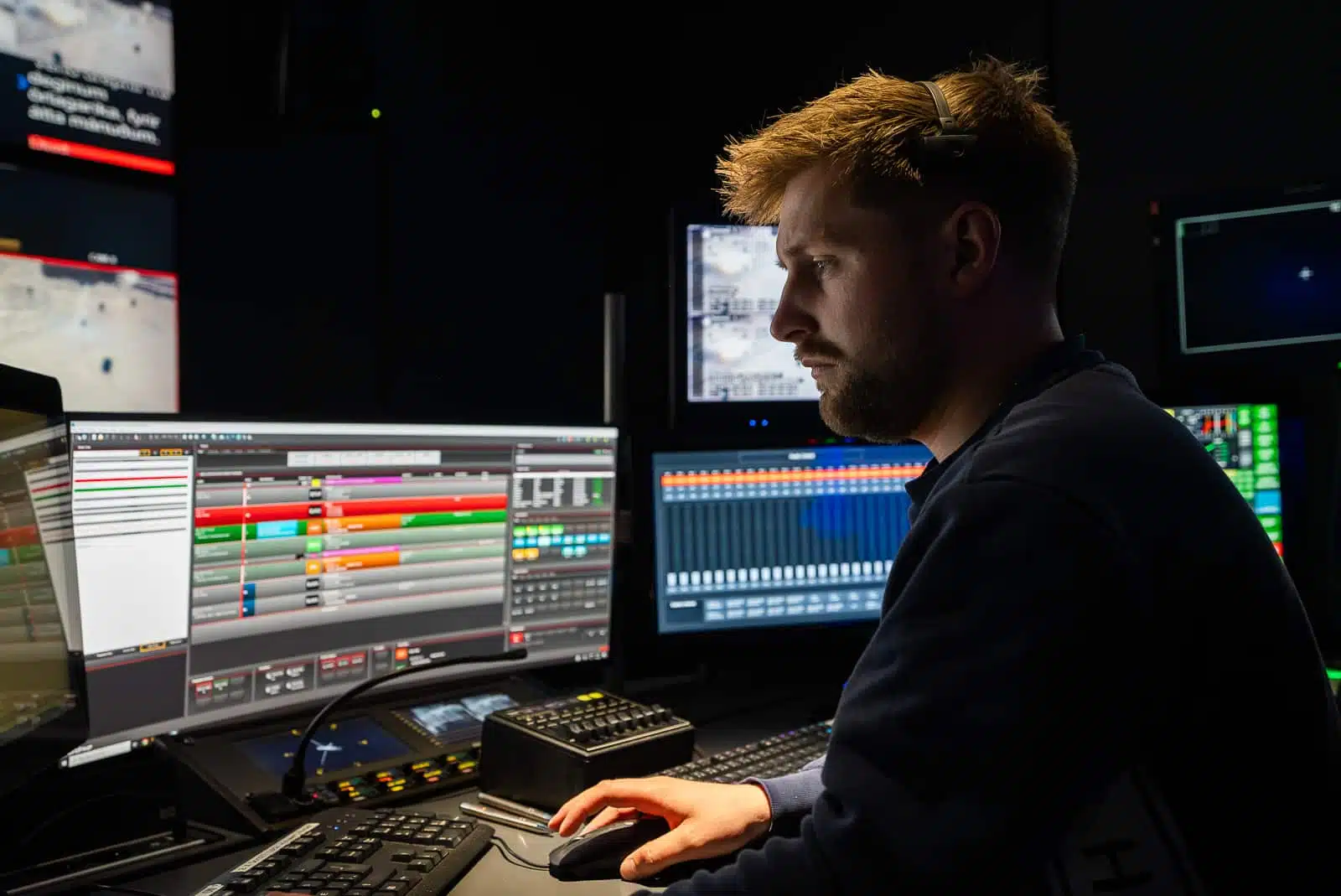

Consumers today expect broadcast content to be available whenever, and wherever they want. Broadcasters are under increasing pressure to create and disseminate content in real-time and on-demand across an ever-growing number of platforms and formats. If they don’t, their competitors will.
In this environment, downtime is not an option, and reliable broadcast operations are a must. This article will explore the impact of broadcast outages and the resulting downtime and explain what to look for in a technology partner to prevent it.
The broadcast industry faces a litany of challenges today that impact both business viability and production quality. Mounting consumer expectations and an increasingly complex broadcasting landscape continuously put pressure on broadcasters to be everywhere, all the time.
Some factors at play include:
Consumer habits have shifted dramatically over the past three decades thanks to the rise in handheld mobile devices, streaming platforms, and near-universal access to WiFi or network connections. In this landscape, consumers expect instant access to live and on-demand content across multiple platforms.
This expectation for real-time and packaged content amplifies the pressures on media companies to maintain flawless operations and uptime, while also producing high-quality and engaging content for a growing list of platforms and devices.
Because of this evolving—and accelerating—consumer landscape, production workflows have also become more complex. Production techniques have had to evolve to keep pace with what consumers expect from certain platforms, meaning the technology that’s used to create that content also needs to evolve.
To create more engaging and dynamic content, broadcasters may expand their production stack to include more dynamic camera shots and moves, AR graphics, and other interactive visual elements. Production workflows may also pivot from on-premise to cloud or hybrid environments. As this complexity ramps up, more possible points of failure emerge.
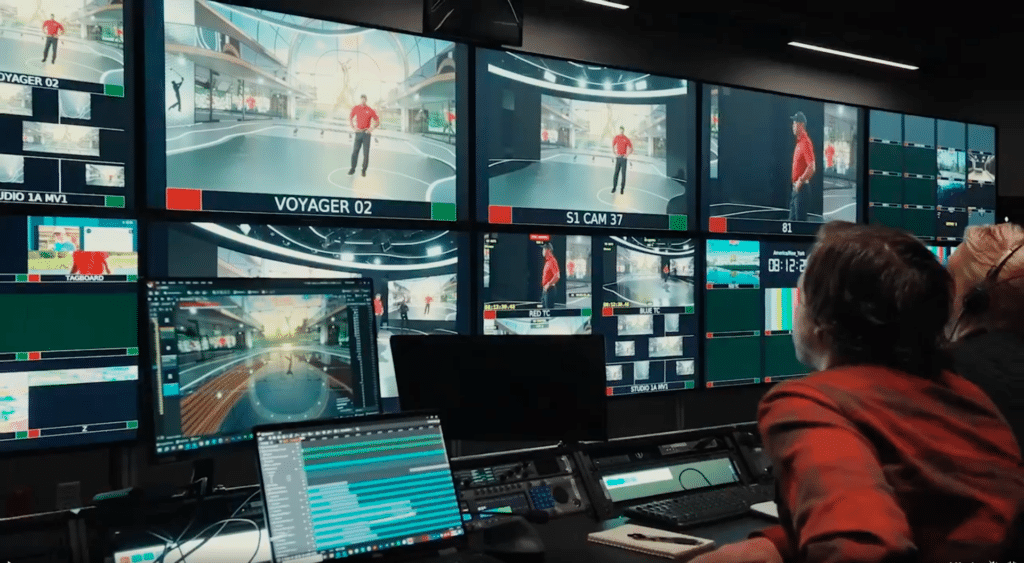
This increased demand comes against a backdrop of steeper competition and budget constraints in the broadcasting industry—particularly in news production.
In this environment, organizations have to make the most out of the revenue they have. They must be intelligent to boost the quality of their content, the efficiency of their workflows, and their ability to disseminate across multiple channels in real-time and on-demand. This is on top of the need to work remotely in an increasingly dispersed talent environment.
Downtime is not an option. It’s a high-pressure, high-paced world with significant consumer demands and an ever-deepening competitive market that includes content creators from outside of traditional broadcasting channels.
The impact of technology downtime is felt in virtually every business, in every sector. Society has become deeply dependent on our technology infrastructure, making even the smallest outage a major inconvenience.
Broadcasters, however, face even heavier pressures to remain operational at all times. When other platforms go down, broadcasters are expected to be the source of real-time information. If they’re down, too, the impact on the company’s reputation can be severe.
Here are four consequences of significant operational failures in broadcasting.
The above is a list of worst-case scenarios. Operational failure, however, can come in much smaller packages, like accidentally putting up the wrong camera shot or consistent lag time in a specific production workflow. These minor operational failures can add to significant time loss and headaches for engineering and production teams. While less dramatic, they’re still costly in the long run.
Downtime is seriously costly on a variety of different fronts. Over time, these costs accumulate, making it harder for companies to maintain profitability while still investing in future technological innovations. Unfortunately, while the cost of downtime is severe, there is no shortage of factors that might cause it.
Broadcasters face a variety of internal and external factors that increase complexity and introduce new points of potential failure. These factors—and potential failure points—must be identified and actively controlled to avoid costly downtime.
Internal factors include:
At the same time, companies face a variety of external factors, including:
While companies can, and do, take steps to mitigate the challenges listed above, the reality is that growing complexity and diversified threats to infrastructure stability introduce a variety of potential failure points. The best way to prevent them is to partner with a trustworthy broadcast technology partner that understands the importance of uptime, and has built their products and services around the promise of reliability.
To ensure reliability in critical broadcast operations, you need a partner with a proven track record of delivering consistent performance under pressure.
Systems must be designed for uptime with rigorous failover strategies that keep broadcasts running smoothly even when issues arise. The ability to handle live, high-stakes events without failure is non-negotiable.
Your technology partner must provide reliable systems and adapt to the constantly changing broadcasting landscape. Innovation is key, but it must be balanced with stability.
Partners who embrace cutting-edge advancements like cloud integration and IP workflows without sacrificing reliability are the ones who will help you future-proof your operations. The ability to evolve while maintaining performance is critical in an industry where staying ahead is essential for survival.
To help you find that perfect broadcast technology partner, look for:
Trust is built on reliability. In the world of broadcasting, you need partners who are as dependable as the systems they provide. Choosing a partner with proven reliability, comprehensive support, and the ability to adapt to your needs ensures that your broadcasts remain smooth, high-quality, and on the air, no matter the stakes.
Outdated technology — it slows production, diminishes content quality, and adds creeping maintenance costs that quietly drain productivity and threaten your competitive edge. But how do you upgrade technology without disrupting workflows? Or worse, causing downtime?
Download our Technology Upgrade Guide for a practical approach to modernizing live production technology so you can devise a strategy that ensures smooth operations during a transition and well into the future.
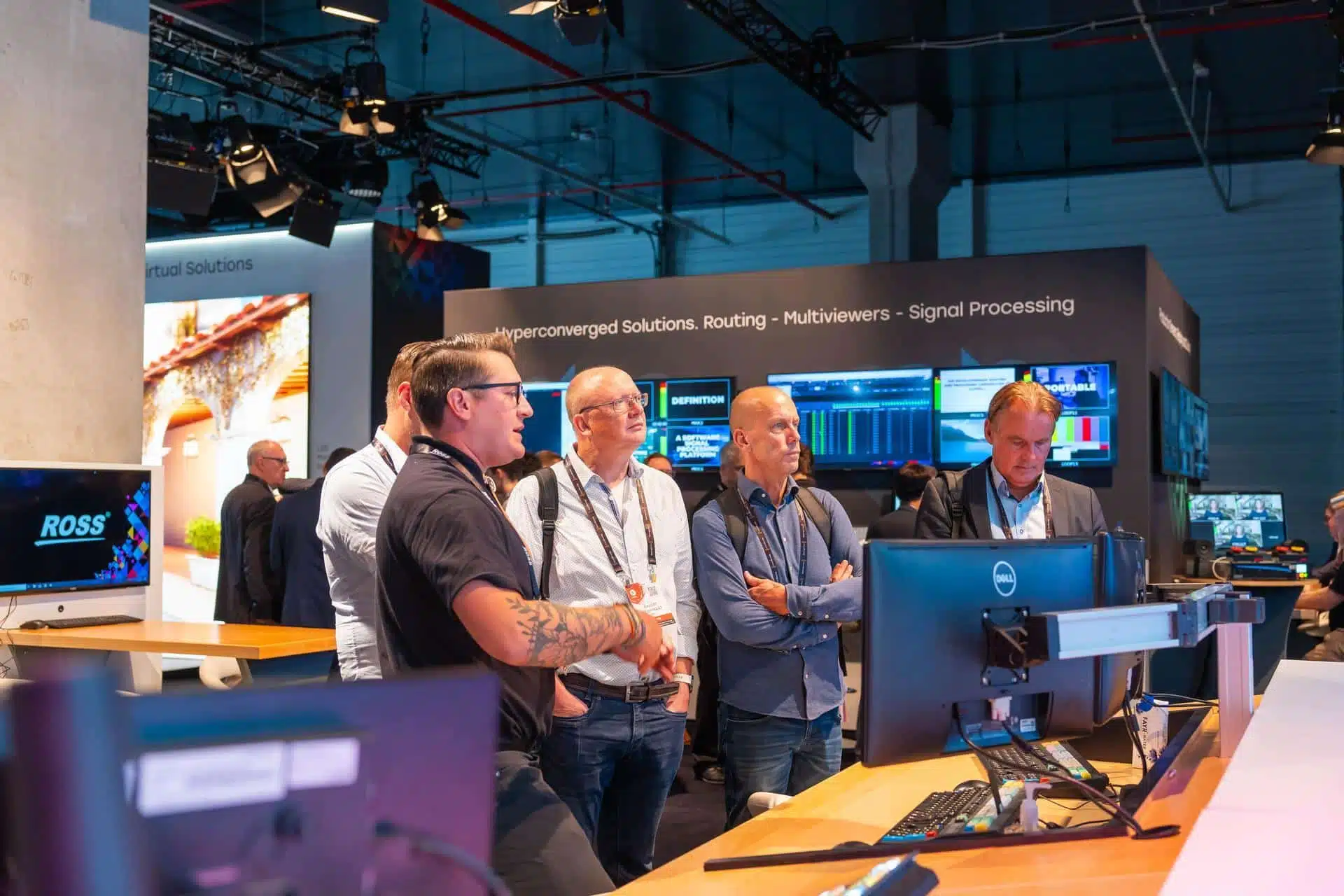
Live concerts and sporting events on platforms like Netflix and Prime. Entire broadcast workflows and studios managed through the cloud. A U.S. election that’s being widely covered …
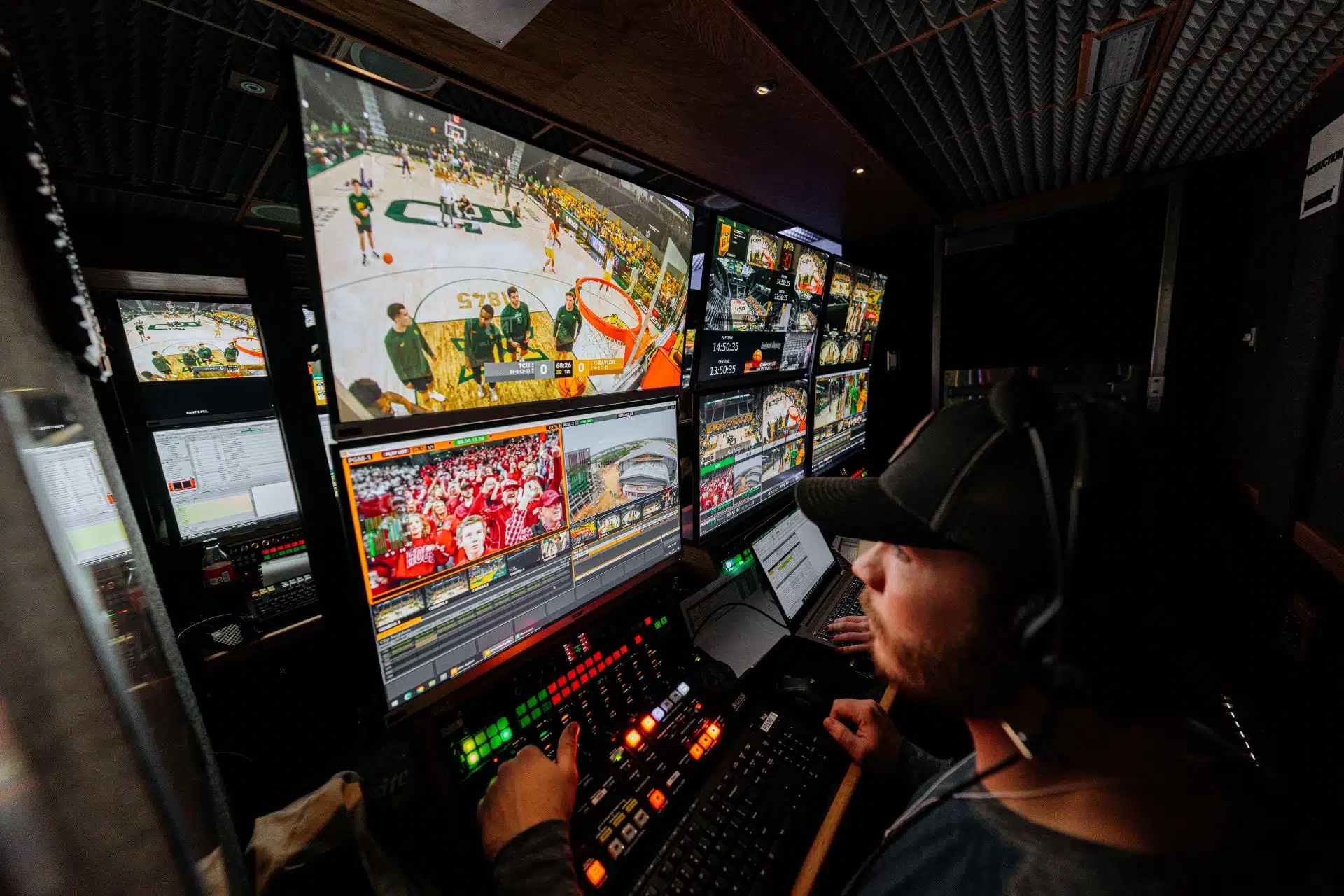
Content consumption habits change constantly, driven by emerging technologies and the shifting viewing habits of new generations. Flexibility in creating and broadcasting content to these audiences is key …
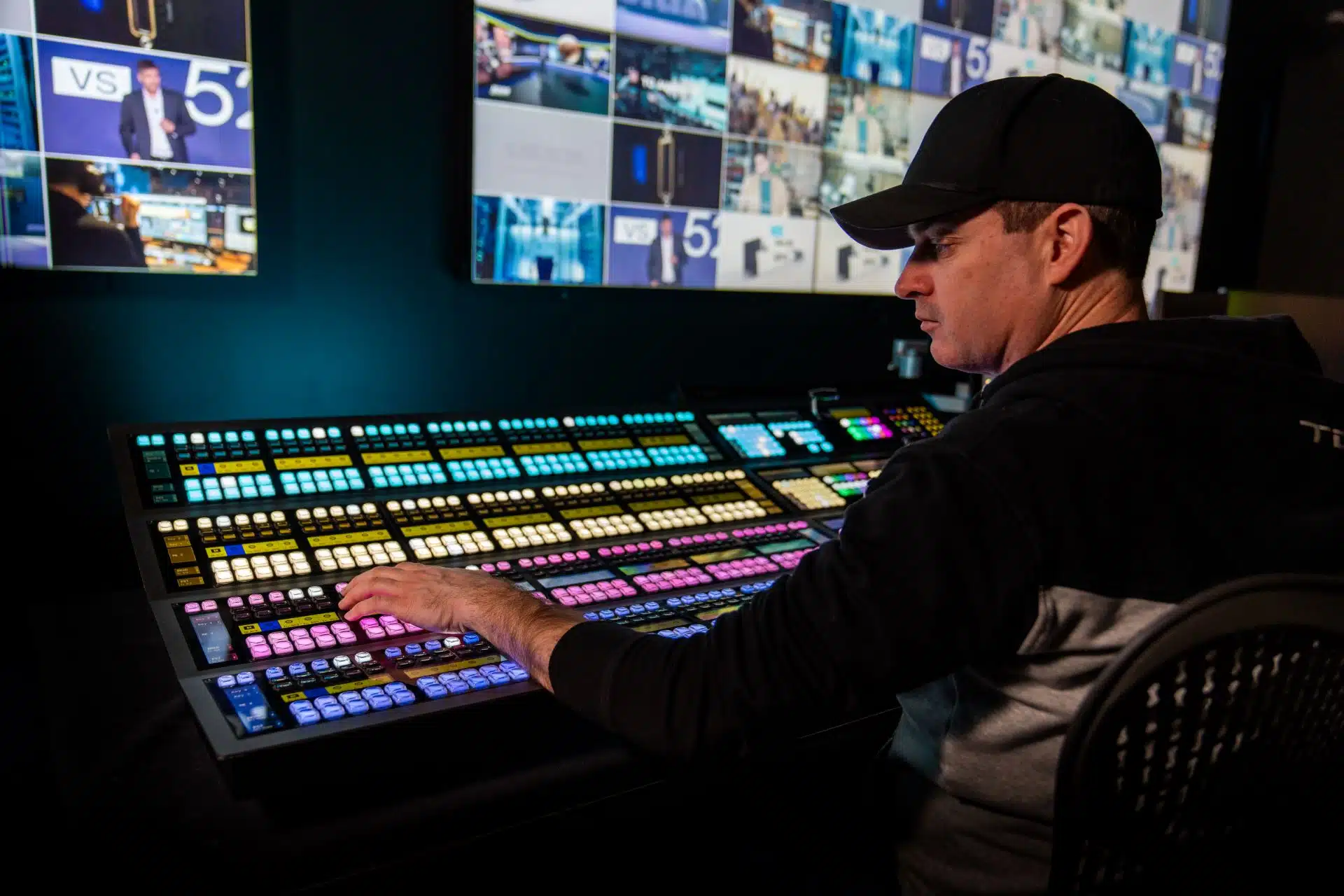
Broadcasting and content creation is changing—rapidly. This evolution is driven by new technology, shifting viewer demands, the convergence of traditional and new media platforms, and the need …
Your essential guide to navigating live video production technology upgrades and replacement